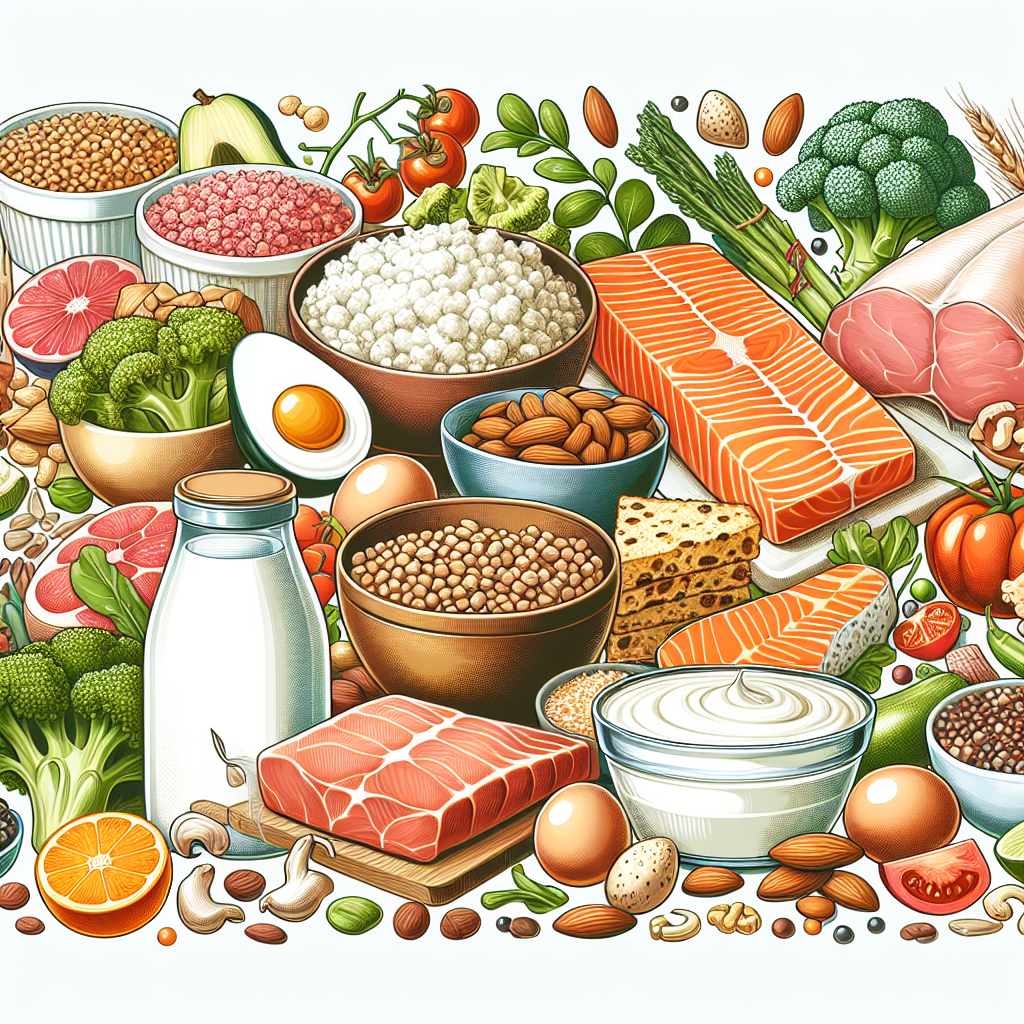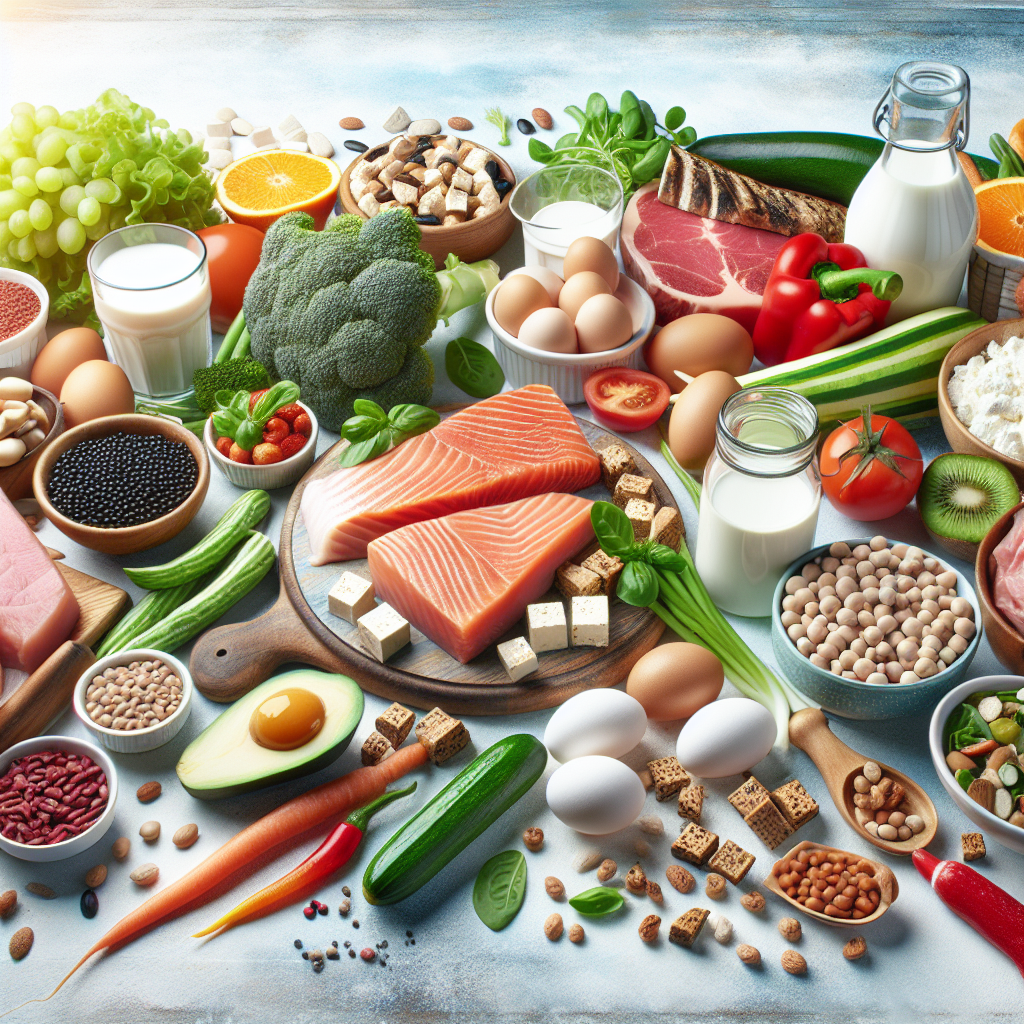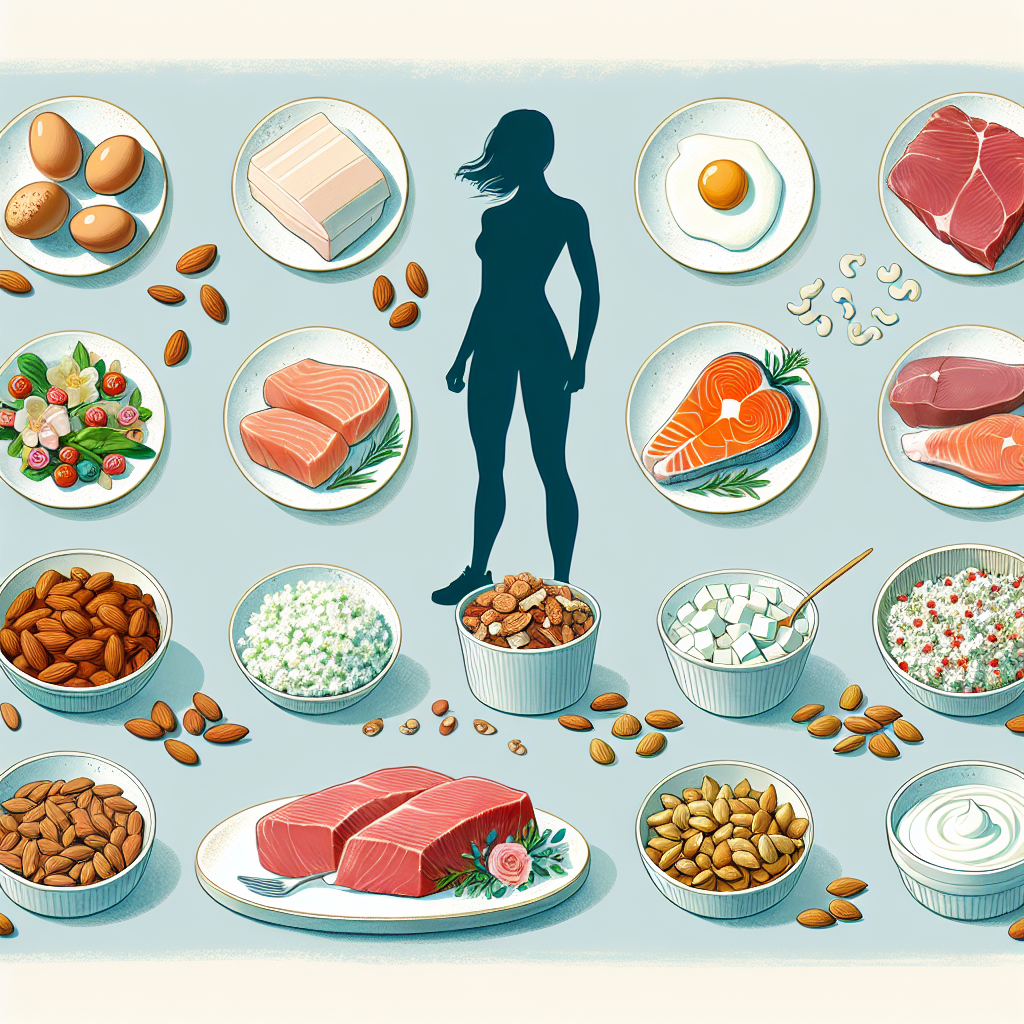High-protein eating is one of the most reliable ways to make weight loss easier. Protein helps you feel full longer, preserves muscle while you’re in a calorie deficit, and even burns more calories during digestion than carbs or fat. The key is choosing protein sources that deliver plenty of protein per calorie, fit your preferences and budget, and are easy to prepare. Here’s how protein supports weight loss, how much you might aim for, and the best high-protein foods to put on your plate.
Why protein helps with weight loss
– Higher satiety: Protein is more filling than carbohydrates or fat, which can naturally reduce snacking and overall calorie intake.
– Preserves lean mass: When you lose weight, you want most of it to come from fat, not muscle. Adequate protein, especially paired with strength training, helps maintain muscle.
– Higher thermic effect: The body expends more energy digesting protein (about 20–30% of its calories) compared with carbohydrates (5–10%) and fat (0–3%), slightly increasing total daily energy expenditure.
– Better appetite control: Protein at each meal can steady hunger, reduce cravings, and improve adherence to a calorie deficit.
How much protein should you eat?
There isn’t a single number for everyone, but a practical range for weight loss is about 1.2–1.6 grams per kilogram of body weight per day (roughly 0.55–0.73 g per pound). Active people, those with higher training loads, or those aiming to maximize muscle retention may benefit from the upper end of that range or up to about 2.2 g/kg in some cases. Distribute your intake across the day, aiming for 25–40 grams per meal or snack. People with kidney disease or other medical conditions should consult a healthcare professional about protein targets.
The best high-protein foods for weight loss
These options offer a high protein-to-calorie ratio and are easy to include in meals. Protein amounts are approximate and can vary by brand and preparation.
Lean poultry
– Skinless chicken breast: About 26–35 g protein per 4 oz cooked. Very lean and versatile; grill, bake, stir-fry, or air-fry.
– Turkey breast or 93–99% lean ground turkey: Around 22–28 g per 4 oz cooked. Good for burgers, meatballs, chili, or tacos.
Fish and seafood
– Canned tuna (in water): About 20–25 g per 3 oz. Budget-friendly, portable, and great for sandwiches, salads, or tuna cakes.
– Salmon: About 22–25 g per 4 oz cooked. Higher in healthy omega-3 fats; slightly more calories than white fish but very satiating.
– White fish (cod, tilapia, haddock): About 20–24 g per 4 oz cooked with very few calories; mild flavor and quick cooking.
– Shrimp: About 20 g per 3 oz cooked; very lean and cooks in minutes.
– Canned salmon or sardines: Around 20–24 g per 3–4 oz, with calcium if bones are included and beneficial omega-3s.
Lean red meat and pork
– Extra-lean ground beef (90–96% lean) or sirloin: Around 22–26 g per 4 oz cooked. Choose lean cuts and trim visible fat.
– Pork tenderloin or center loin chops: About 22–26 g per 4 oz cooked; similar to chicken in leanness when trimmed.
Eggs and egg whites
– Whole eggs: About 6–7 g per large egg plus nutrients like choline and vitamin D. Highly satiating; the fat in the yolk increases calories, so balance based on your needs.
– Egg whites: About 10–11 g per 3 whites with minimal calories and virtually fat-free; great for boosting protein in omelets, scrambles, or baking.
Dairy and dairy alternatives

– Greek yogurt or skyr: About 15–20 g per 5–6 oz container. Choose plain, nonfat or low-fat to keep calories in check; add fruit or a drizzle of honey for flavor.
– Cottage cheese: Around 24–28 g per cup. Low-fat versions are especially protein dense; savory or sweet applications work well.
– Part-skim mozzarella, reduced-fat cheddar, or string cheese: About 6–8 g per ounce. Portable snack, but calorie dense—watch portions.
– Protein-enriched dairy drinks: Varies, often 20–30 g per bottle; check added sugar.
Plant-based proteins
– Firm or extra-firm tofu: About 8–12 g per 3 oz; presses and crisps well in stir-fries or air-fryer recipes.
– Tempeh: About 16–20 g per 3 oz; nutty flavor and very filling; great marinated and sautéed.
– Edamame (shelled): About 17 g per cup cooked; easy freezer staple.
– Lentils: About 18 g per cup cooked; excellent in soups, salads, or as a hearty base.
– Beans (black, kidney, pinto, chickpeas): About 14–15 g per cup cooked; budget-friendly, fiber-rich, and satisfying.
– Seitan (vital wheat gluten): About 20–25 g per 3 oz; very high protein per calorie but not suitable for those avoiding gluten.
– Soy yogurt or high-protein plant yogurts: Aim for 10–15 g per serving; many almond or coconut yogurts are low in protein, so check labels.
Protein powders and convenient options
– Whey isolate or concentrate: About 20–25 g per scoop; mixes well and is rich in leucine, which supports muscle protein synthesis.
– Casein: About 20–25 g per scoop; digests slower, useful before longer gaps between meals.
– Pea, soy, or rice blends: About 20–25 g per scoop; good for plant-based diets. Choose products with minimal added sugar.
– Jerky or biltong: About 9–12 g per ounce; convenient but can be high in sodium—use as an occasional snack.
– Deli meats: Lean turkey or chicken can be convenient; choose low-sodium varieties and avoid highly processed options when possible.
Whole grains and nuts for a protein boost
While not “high protein” by themselves compared to meat or dairy, certain grains and nuts can meaningfully contribute to daily totals:
– Quinoa, farro, and higher-protein pastas (legume-based) add 8–14 g per cooked cup. Pair them with lean proteins for balanced meals.
– Nuts and nut butters provide 5–8 g per serving and add healthy fats and flavor. They’re calorie dense, so measure portions.
Protein quality and muscle preservation
For preserving muscle during weight loss, foods rich in the amino acid leucine are particularly helpful. Dairy (especially whey), eggs, and lean meats have high leucine content and complete amino acid profiles. Plant-based eaters can cover all essential amino acids with variety across the day. Combining legumes with grains is traditional but not necessary at every meal; simply aim for diverse sources.
How to choose the “best” options for you

– Protein density: Prioritize foods that offer at least 20–25 g per serving for main meals with moderate calories.
– Satiety and enjoyment: A food you like and will eat consistently is better than the “perfect” food you avoid.
– Preparation time: Keep a rotation of quick foods like canned tuna or salmon, rotisserie chicken, Greek yogurt, cottage cheese, tofu, and pre-cooked legumes.
– Budget: Beans, lentils, eggs, canned fish, chicken thighs, and bulk Greek yogurt are cost-effective.
– Dietary preferences: There are high-protein choices for omnivores, vegetarians, and vegans alike—build within your style.
Cooking and meal-building tips
– Use lower-fat cooking methods: Grill, bake, broil, poach, steam, air-fry, or pan-sear with a light spray of oil.
– Season smartly: Dry rubs, citrus, vinegars, herbs, spices, soy sauce, hot sauce, and salsas add flavor with few calories.
– Pair protein with fiber: Vegetables, salads, fruit, and whole grains stretch volume and boost fullness.
– Batch cook: Make a big pot of chili with lean meat or lentils, roast a tray of chicken breasts, or prepare tofu/tempeh ahead to make assembling meals effortless.
– Keep grab-and-go options: Single-serve yogurts, string cheese, jerky, ready-to-drink protein shakes, and roasted edamame help you hit daily targets.
Sample meal ideas
– Breakfast: Greek yogurt parfait with berries and a sprinkle of high-protein granola; or an omelet with egg whites and one or two whole eggs, spinach, and salsa.
– Lunch: Tuna and white bean salad with arugula, cherry tomatoes, cucumbers, and lemon vinaigrette; or grilled chicken breast with quinoa and roasted vegetables.
– Snack: Cottage cheese with pineapple; or a protein shake with a piece of fruit.
– Dinner: Baked salmon with a large mixed salad and roasted potatoes; or stir-fried tofu and edamame with broccoli over cauliflower rice or brown rice.
– Dessert or late snack: Casein pudding made with milk or a fortified plant milk, cocoa, and a dash of sweetener.
Common pitfalls to watch
– Hidden calories: Sauces, dressings, and oils can add up quickly; measure or choose lighter options.
– Ultra-processed protein foods: Some bars and shakes are high in added sugars or saturated fats; read labels and prioritize minimally processed options.
– Sodium: Canned soups, deli meats, and jerky can be salty; balance with fresh foods and rinse canned beans and fish.
– Portion creep with calorie-dense proteins: Cheese and nuts are nutritious but easy to overeat. Pre-portion to stay on track.
Putting it all together
A high-protein approach to weight loss works best when you spread protein across meals, pair it with plenty of vegetables and some whole grains or fruit, and keep cooking simple. Aiming for 25–40 grams of protein per meal will help you feel satisfied, maintain muscle, and stick to a sustainable calorie deficit. Lean poultry, fish, eggs, Greek yogurt, cottage cheese, tofu, tempeh, legumes, and a well-chosen protein powder form a flexible foundation. Choose a few favorites from each category, keep your pantry stocked with quick options, and build meals you enjoy. Consistency beats perfection, and with the right high-protein foods in your rotation, weight loss becomes more manageable and more satisfying.

